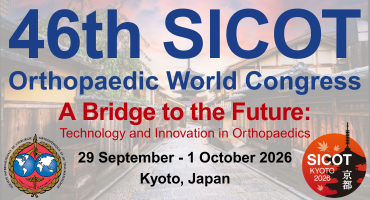EFORT Open Rev. 2025 Sep 4;10(9):709-717. doi: 10.1530/EOR-2024-0164.
ABSTRACT
PURPOSE: This study investigates the 1-year mortality of fragility fractures of the pelvis (FFP) in patients categorized under this system and treated with surgery or conservative methods, aiming to assess the algorithm's effectiveness.
METHODS: We systematically searched PubMed, Embase, Scopus, and Web of Science for English studies on the 1-year mortality of FFP, with no publication date restrictions. Study quality was assessed using the Newcastle-Ottawa Scale. Pooled 1-year mortality rates were calculated using random-effects models. In addition, if applicable, odds ratios with 95% confidence intervals were employed. PRISMA guidelines were followed for reporting, and the study was registered with PROSPERO.
RESULTS: Analysis of 22 studies encompassing 3,265 patients with FFP revealed a concerning overall 1-year mortality rate of 15.5%. Mortality varied by fracture type, with FFP IV having the lowest rate (7.5%) and FFP III having the highest (17.0%). All studies concurred on conservative treatment for FFP I. For other fracture types, mortality rates differed between conservative and surgical approaches. Conservative treatment resulted in rates of 14.9, 21.8, and 5.1% for FFP II, III, and IV, respectively. Conversely, surgical treatment yielded mortality rates of 16.8, 19.5, and 24.2% for FFP II, III, and IV, respectively.
CONCLUSION: Fragility fractures of the pelvis have high mortality, especially in FFP III. Conservative treatment may be suitable for FFP I, while surgery might be better for FFP III. The rarity of FFP IV fractures limits conclusions, and FFP II fractures lack a clear treatment consensus. Further research is needed to optimize management for these fracture types.
PMID:40905922 | PMC:PMC12412362 | DOI:10.1530/EOR-2024-0164

















